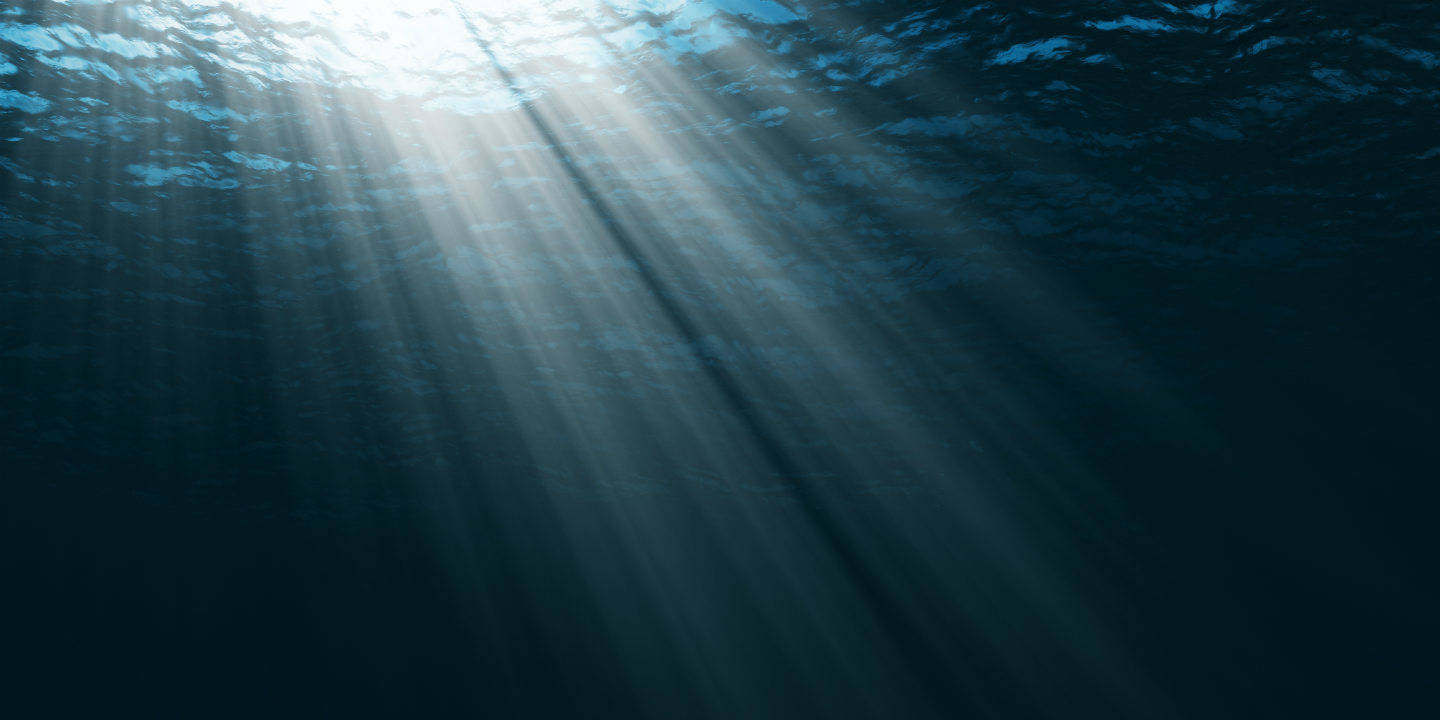The main components discharged to the sea are produced water, drill cuttings and residues of chemicals, and cement from drilling operations. Releases to the sea are reduced by treatment before discharge, deposition below the seabed or treatment as hazardous waste.
Produced water, which is produced as a byproduct along with oil and gas, contains oil residues in the form of droplets (dispersed oil) and other organic compounds (including oil fractions). Produced water is reinjected into a reservoir or treated, before it is discharged into the sea.
Historical data and projections of discharges of produced water, 1999-2027
Updated: 01.08.2023
Historical numbers for 1999-2022 and projections for 2023-2027
Source: Norwegian Offshore Directorate
Print illustration Download data Historical data and projections of discharges of produced water, 1999-2027 Download PDF Download as image (PNG)
High Contrast Mode
Oil and chemicals discharged with produced water may have local effects close to oil and gas installations, and are regulated at national level through permits. Based on applications from the companies, the Norwegian Environment Agency issues permits to discharge chemicals under the Pollution Control Act. These discharges are also regulated internationally through the Convention for the Protection of the Marine Environment of the North-East Atlantic (the OSPAR Convention, in Norwegian).
Norway established a zero-discharge target for hazardous substances released as a result of petroleum activities in 1997, and this is considered to have been achieved for chemical additives.
Added chemicals include all additives and auxiliary materials used in drilling and well operations, and in production of oil and gas. As a general rule, there are to be no discharges of environmentally hazardous substances, regardless of whether they are added or occur naturally.
Discharges of chemicals are largely related to drilling activities, and the amounts discharged vary with the activity level. Drill cuttings account for most of the volume of material discharged to the sea. Chemicals that are not discharged, are deposited below the seabed or are treated as hazardous waste.
Discharges of chemicals from the petroleum activities in 2022, by source
Updated: 11.07.2023
Source: Norwegian Offshore Directorate
Print table Download data Discharges of chemicals from the petroleum activities in 2022, by source
